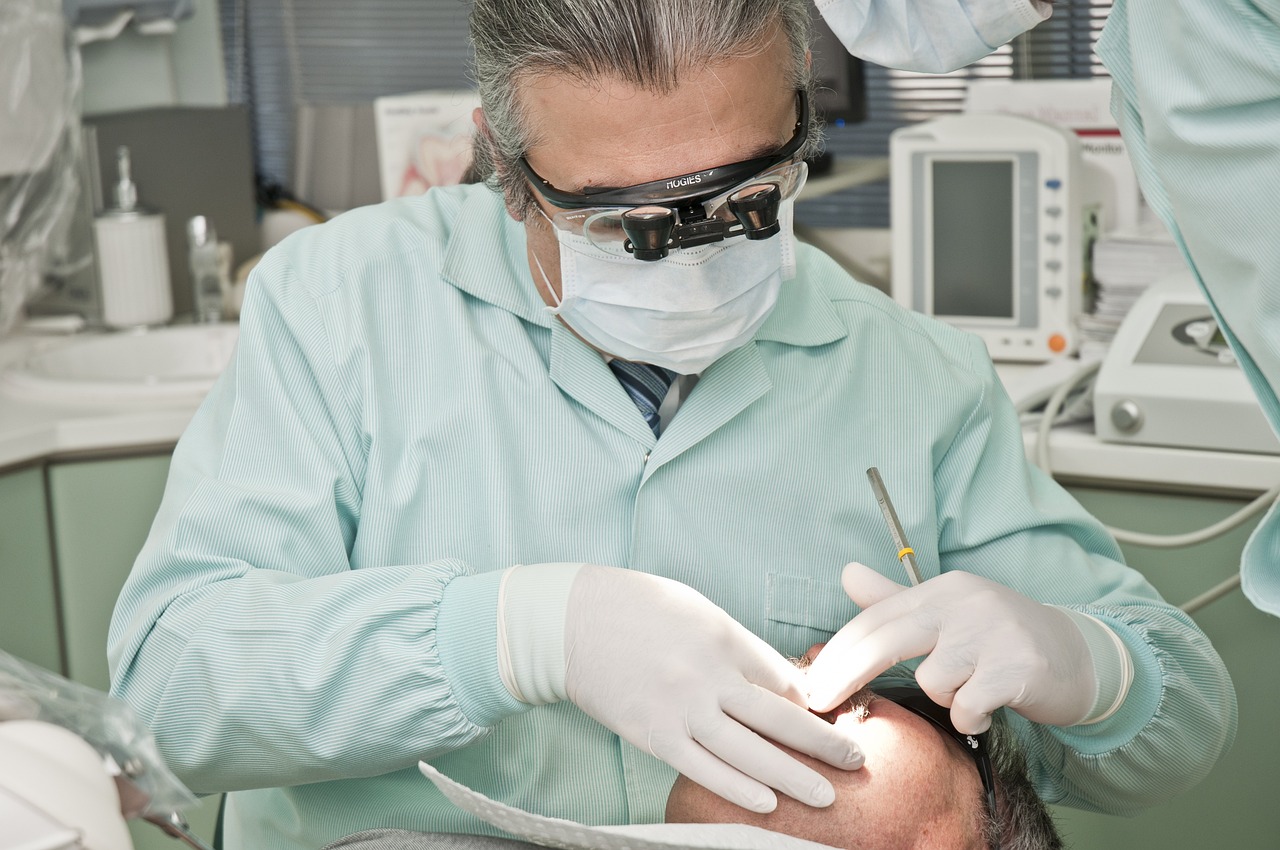Understanding Periodontitis: Causes, Symptoms, and Treatment
In the realm of oral health, periodontitis stands as a significant concern, impacting not only the gums but also overall well-being. This pillar article delves into the definition of periodontitis, explores its causes, symptoms, and provides insights into effective treatment approaches.
Defining Periodontitis
Overview of Periodontal Disease
Periodontitis is a severe form of periodontal disease characterized by inflammation of the gums and damage to the surrounding structures that support the teeth. It goes beyond gingivitis, involving the progressive loss of bone around the teeth.
Key Entities: Gum Tissues and Supporting Structures
Periodontitis directly affects the gum tissues and the structures that support teeth, including the alveolar bone. The condition arises from the presence of bacterial plaque, triggering an inflammatory response.
Causes of Periodontitis
Role of Bacterial Plaque
The primary cause of periodontitis is the accumulation of bacterial plaque on the teeth and gums. Plaque, a sticky film of bacteria, produces toxins that inflame the gums, leading to the progression of the disease.
Contributing Factors: Poor Oral Hygiene and Smoking
Poor oral hygiene practices, such as irregular brushing and inadequate flossing, contribute to plaque buildup. Additionally, smoking is a significant risk factor for periodontitis, as it hampers the body’s ability to fight infections.
Symptoms and Indications
Gingival Inflammation and Bleeding
Early signs of periodontitis include gingival inflammation and bleeding during brushing. As the disease advances, pockets may form between the teeth and gums, promoting the accumulation of bacteria.
Gum Recession and Tooth Mobility
Progressive periodontitis leads to gum recession, exposing the tooth roots. Affected individuals may also experience tooth mobility, indicating the loss of supportive bone.
Diagnosis and Assessment
Periodontal Probing and X-rays
Periodontitis diagnosis involves periodontal probing, measuring pocket depths around the teeth. X-rays are crucial for assessing bone loss and determining the severity of the condition.
Identification of Contributing Factors
Dentists conduct a thorough examination to identify contributing factors, such as systemic conditions or genetic predispositions, that may exacerbate periodontitis.
Treatment Approaches
Non-Surgical Treatments: Scaling and Root Planing
In the early stages, non-surgical treatments like scaling and root planing aim to remove plaque and tartar, smoothing the tooth roots to prevent bacterial reattachment.
Surgical Interventions: Flap Surgery and Bone Grafts
Advanced cases may require surgical interventions like flap surgery to reduce pocket depths or bone grafts to restore lost bone tissue. These procedures aim to halt disease progression.
Maintenance and Prevention Strategies
Importance of Oral Hygiene Practices
Maintaining good oral hygiene is paramount in preventing and managing periodontitis. Regular brushing, flossing, and professional cleanings help control bacterial plaque.
Lifestyle Modifications: Smoking Cessation
For individuals at risk, lifestyle modifications such as quitting smoking are crucial. Smoking cessation not only aids in periodontitis management but also improves overall oral and systemic health.
Conclusion: A Holistic Approach to Oral Health
In conclusion, periodontitis is a serious oral health condition with far-reaching consequences. Recognizing its causes, symptoms, and seeking timely treatment are essential for maintaining oral health. A holistic approach, encompassing regular dental check-ups, effective oral hygiene practices, and lifestyle adjustments, is key to preventing and managing periodontitis. By fostering awareness and adherence to preventive measures, individuals can safeguard their gums, teeth, and overall well-being.

